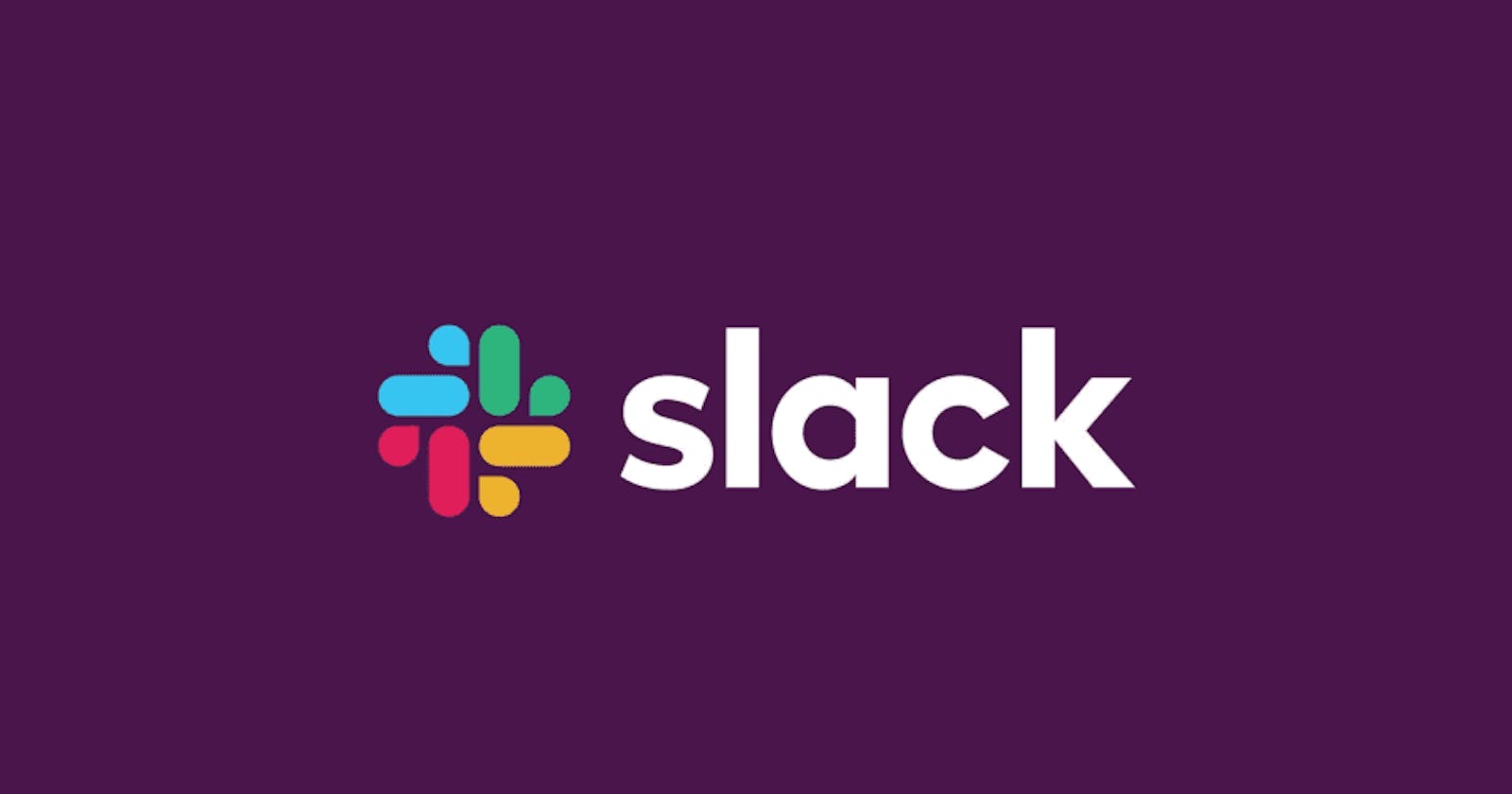Sending Messages to a Slack Channel using Java
In today's interconnected world, communication plays a pivotal role in fostering collaboration and productivity among teams. Slack, a popular messaging platform, offers a versatile API that enables developers to integrate various functionalities directly into their workflows. In this tutorial, we'll explore how to implement a Java program to send messages to a Slack channel using the Slack API.
Prerequisites
Before we begin, make sure you have the following:
- Java Development Kit (JDK) installed on your system.
- An active Slack workspace where you have the necessary permissions to create and manage apps.
- Slack API token generated for your Slack app with the required scopes.
Setting Up Your Slack App
To send messages to a Slack channel programmatically, you need to create a Slack app and obtain an OAuth token with the appropriate permissions. Follow these steps to set up your Slack app:
- Navigate to the Slack API website and log in to your workspace.
- Click on "Create New App" and provide a name for your app.
- Under "OAuth & Permissions," add the necessary scopes such as
chat:writeto allow your app to send messages. - Install the app to your workspace and copy the OAuth token generated for your app.
Implementing the Java Program
Now that you have your Slack app set up, let's create a Java program to send messages to a Slack channel. We'll use the slack-api-client library to interact with the Slack API. Ensure you have Maven or another build tool set up for your Java project.
Step 1: Add Dependency
Include the slack-api-client dependency in your project's pom.xml file:
<dependency>
<groupId>com.hubspot.slack</groupId>
<artifactId>slack-api-client</artifactId>
<version>2.6.2</version> <!-- or the latest version available -->
</dependency>
Step 2: Write Java Code
Create a Java class, say SlackMessageSender, and implement the functionality to send messages to a Slack channel:
import com.hubspot.slack.client.SlackClient;
import com.hubspot.slack.client.methods.SlackMethods;
import com.hubspot.slack.client.methods.params.chat.ChatPostMessageParams;
import com.hubspot.slack.client.models.response.chat.ChatPostMessageResponse;
public class SlackMessageSender {
public static void main(String[] args) {
// Replace 'YOUR_TOKEN' with your actual Slack API token
String slackApiToken = "YOUR_TOKEN";
// Initialize the Slack client
SlackClient slackClient = SlackClient.builder()
.setTokenSupplier(() -> slackApiToken)
.build();
// Define the channel and message
String channelName = "your_channel_name"; // Replace with your channel name
String message = "Hello from Java!";
// Prepare the message parameters
ChatPostMessageParams params = ChatPostMessageParams.builder()
.setText(message)
.setChannelName(channelName)
.build();
// Send the message
ChatPostMessageResponse response = slackClient.postMessage(params).join();
// Check the response
if (response.isOk()) {
System.out.println("Message sent successfully to Slack!");
} else {
System.out.println("Failed to send message to Slack. Error: " + response.getError());
}
}
}
Replace "YOUR_TOKEN" with the OAuth token generated for your Slack app. Additionally, update "your_channel_name" with the name of the Slack channel you want to send messages to.
Step 3: Build and Run
Compile and execute your Java program. If everything is set up correctly, you should see a success message indicating that the message has been sent to the Slack channel.
Conclusion
In this tutorial, we've learned how to create a Java program to send messages to a Slack channel using the Slack API. By leveraging the slack-api-client library, developers can seamlessly integrate Slack messaging capabilities into their Java applications, thereby enhancing team communication and collaboration.
Now that you have a basic understanding, feel free to explore more advanced features offered by the Slack API, such as message formatting, attachments, and interactive components, to further enhance the functionality of your Java application. Happy coding!
